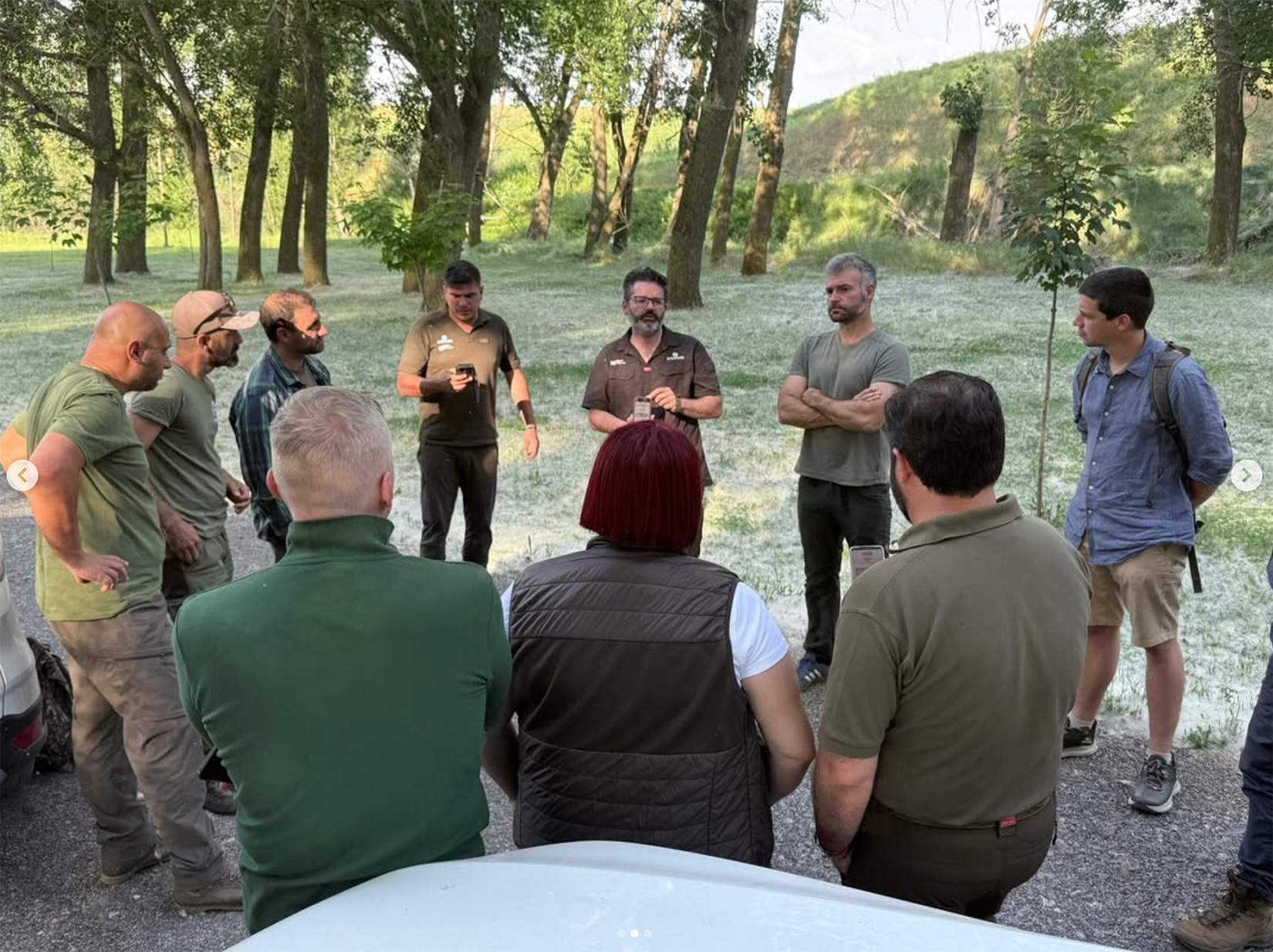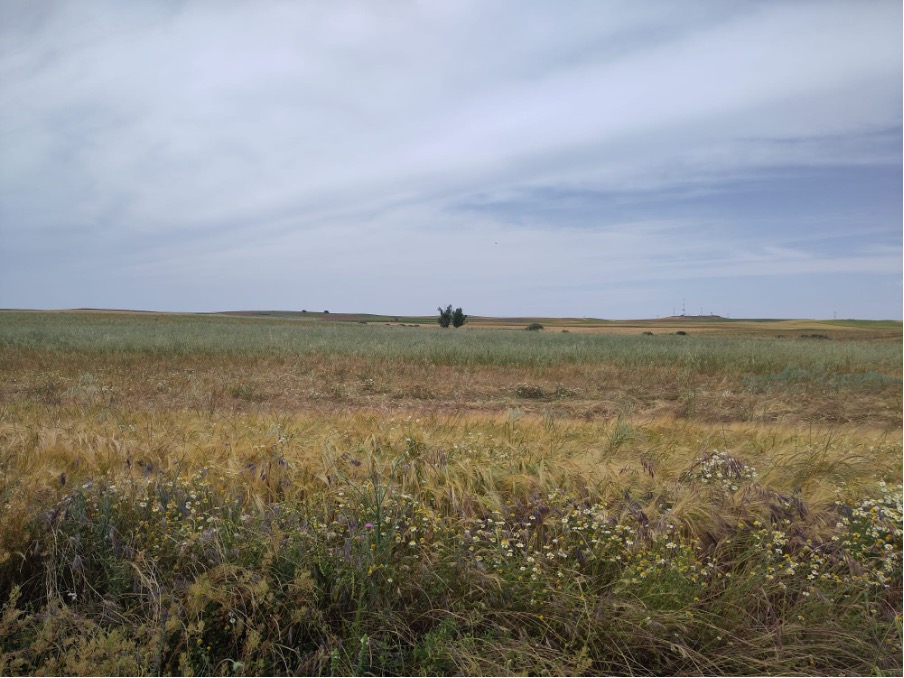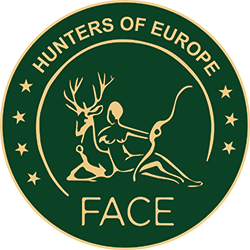
11 Jun 2025 Quail Monitoring in Europe: FACE Members Explore Spain’s Leading Methodology
From 10-12 June 2025, FACE joined its Members from France (FNC), Italy (FIDC, see press release), Croatia (HLS) and Spain (RFEC, see press release), in Spain to explore ways to step up the monitoring of the Common Quail (Coturnix coturnix) across Europe. The event was kindly organized by RFEC.
In addition to being an important quarry species, the Common Quail is a notoriously difficult species to monitor, owing to its small size and cryptic nature. It can therefore easily go undetected by traditional bird monitoring schemes using passive detection methods, although present in good numbers.
But there’s a solution to every problem. In Spain, Fundación Artemisan, supported by RFEC, developed a tailored monitoring scheme for the Quail, in the framework of its Coturnix project.
The project is building a strong monitoring scheme across Spain, by increasing the number of areas dedicated to detailed monitoring of the species. These areas conduct a dedicated monitoring scheme, the SEC (i.e., “Seguimiento Específico de Codorniz”, or specific monitoring method for the Common Quail (Coturnix coturnix) during the breeding season). This methodology is most likely the best developed so far to monitor the Quail. It involves passive and active monitoring, followed by the capture and ringing individuals. This allows for a much higher detection rate of Quail present in the monitoring sample points than relying only on passive detection. However, even this methodology can only detect active males, and cannot detect all individuals.

In addition to the SEC methodology in place during the breeding season, hunters in the monitoring areas also conduct harvest monitoring, which also informs on the number of Quail present and on the presence of females, as well as wing collection. The analysis of these wings has made it possible to determine the sex and age ratios of the hunted individuals, revealing a balanced sex ratio and a population that produces surpluses in all of Spain’s bioregions, indicating sustainable harvesting.
As several FACE Members showed high interest in replicating this methodology in their own countries, this marks significant progress in collecting reliable population data for the Quail—an important step for its conservation and sustainable use.


